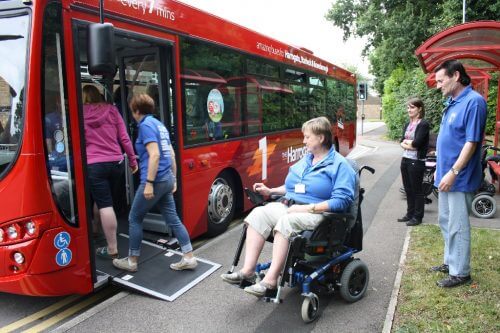
to practice boarding. TRANSDEV
Marketing and Communications Manager, Ben Mansfield and Group Projects and Operations Manager, Alan Isherwood discuss the future of ticketing and upcoming projects with Elizabeth Howlett
I sat down with Ben and Alan in the Harrogate offices. There was an executive table covered in Cityzap gun placemats, and this was echoed throughout the entire building. Frequently working side by side has given Ben and Alan a natural rapport. Their passion for Transdev was obvious once the interview began.
Contactless ticketing
Blazefield is known for its innovative ways of using technology to improve its services. When the desire to remove cash from buses became apparent, the team introduced smart-ticketing. By increasing smart ticket options and prepaid tickets, the need for cash on the bus is reduced which, in turn, helps speed up boarding times and improves the scheduled reliability of the service.
Ben Mansfield commented: […]
What you get with a subscription
- Operator & Supplier Profiles
- Face-to-Face Interviews
- Lastest News
- Test Drives and Reviews
- Legal Updates
- Route Focus
- Industry Insider Opinions
- Passenger Perspective
- Vehicle Launches
- and much more!


